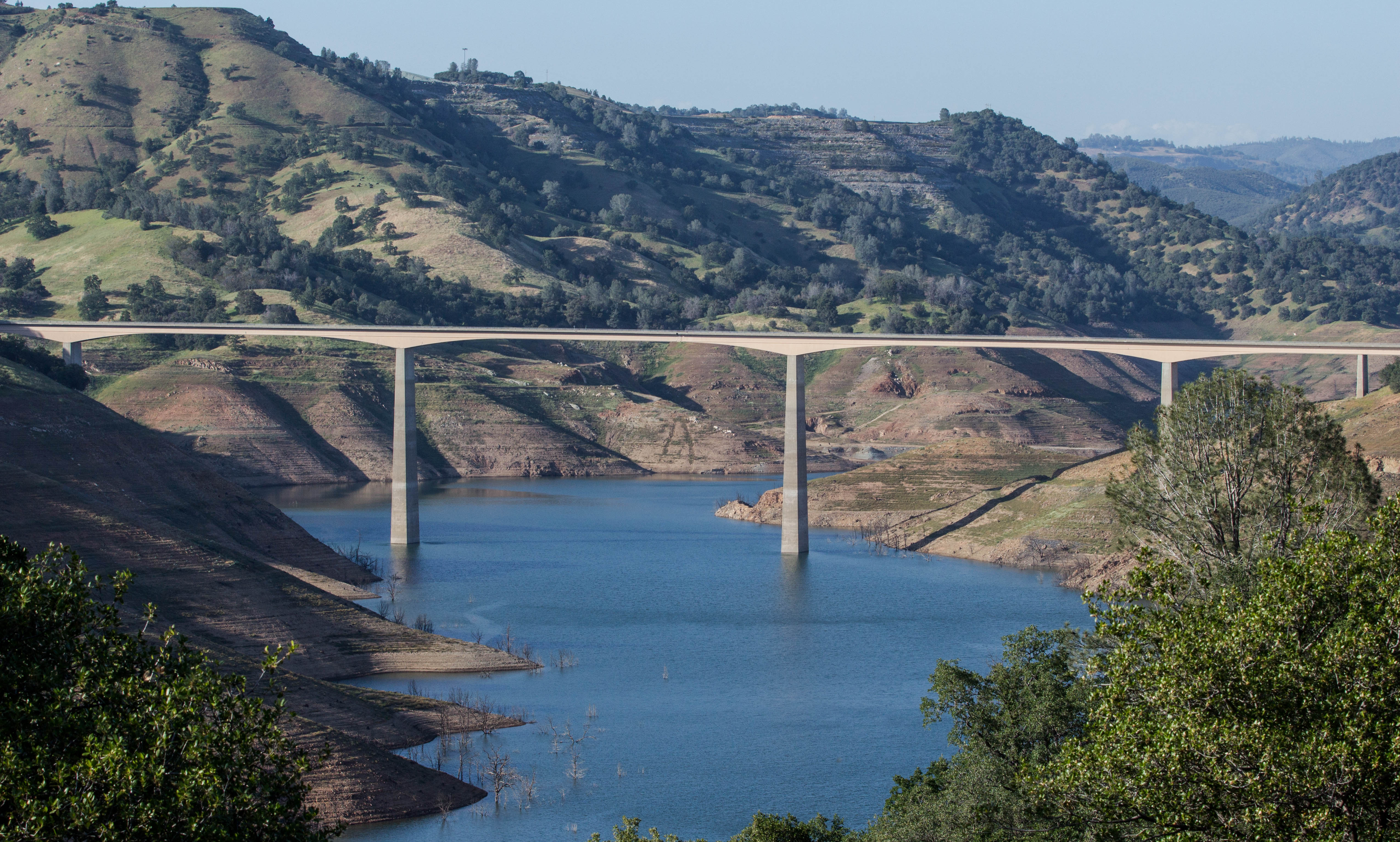October 08, 2019 | Water in the West | Insights
An expert in water governance, Anita Milman’s research focuses on understanding the interplay of technical, institutional and social dimensions of water within governance processes. Milman is an associate professor in the Department of Environmental Conservation at the University of Massachusetts Amherst and the Landreth Visiting Fellow at Stanford’s Program on Water in the West (WitW). Below, Milman discusses keys to successful groundwater governance, implications toward achieving water security and her research activities at Stanford.
The UN and other agencies have called water ‘a crisis of governance’ – what does this mean?
Today’s water challenges arise from interactions between the physical aspects of water systems and human activities. Flooding, drought, groundwater depletion, water quality degradation, etc. negatively impact human and ecological systems. Yet, these conditions are frequently either caused by or exacerbated by actions taken by humans.
In essence, water governance defines and determines how humans use and manage water resource systems. Governance includes formal institutions (i.e., governments, agencies, laws and markets) as well as informal institutions (i.e., norms and customs.) Through these institutions, we set out visions and goals, define what actions are or are not allowable and sanction noncompliance. When people discuss the crisis of water governance – they are highlighting inadequacies in existing institutional arrangements and arguing that technical solutions alone cannot solve many of today’s water-related problems.
What are the key challenges of water governance?
Authority and decision-making over water resources is distributed across national, state and local governments, as well as holders of private water rights, landowners and non-governmental entities. At times, this fragmented structure poses challenges. No one entity has complete control over the full range of activities affecting water systems or exposing humans and ecosystems to risks associated with water resources. As a result, jurisdiction over decision-making can be overlapping, ambiguous, missing or contested. Fragmentation also means that coordination must occur – across political boundaries, sectors and interests. Disagreement over desired actions, outcomes, distribution of the costs and benefits of water use can lead to inaction or conflict, while a lack of coordination can lead to inefficiencies or even countervailing actions.
What are keys to successful groundwater governance?
The exact recipe for effective groundwater governance varies with context, yet several elements tend to be particularly useful. Groundwater is a spatially distributed, often invisible, common-pool resource that has a diverse user base. Governance of this type of resource requires institutional structures that can address the full range of potential actors and actions that may affect the groundwater system. Yet those structures need to do so in a way that balances across the heterogeneity of interests and abilities to participate in governance. As groundwater is connected with surface water and land use, groundwater governance also needs to integrate across multiple sectors and levels. Further, due to the complexity of groundwater systems, substantial monitoring and technical expertise is important for evaluating the status of the groundwater system and the impacts of policies and actions on it. Clearly this means development of effective groundwater governance work is a tall order!
What will you be working on during your time at Stanford?
Together with Tara Moran, program lead for sustainable groundwater at WitW, and several others, I am studying the implementation of California’s Sustainable Groundwater Management Act (SGMA). Under SGMA groundwater sustainability agencies (GSAs) are required to plan for and implement groundwater sustainability. Across the world there are hundreds of aquifers transected by political boundaries, yet transboundary management of groundwater across political boundaries does not occur to the extent required under SGMA. The experiences of GSAs can inform transboundary groundwater management around the world.
As part of our research on SGMA, we are investigating the processes through which GSAs that share a groundwater basin are coordinating development and implementation of sustainability plans. This fall we are talking with groundwater managers, conducting interviews and surveys and analyzing draft plans. Our focus is on the mechanisms used by GSAs in coordinating development of knowledge about their shared groundwater basins, in setting sustainability metrics and in developing and implementing projects and management actions. We are also investigating how factors known to influence inter-agency coordination influence the choice of coordination mechanisms, as well as how these choices relate to coordination outcomes. We’ll present some of our initial findings at a Stanford Woods Institute for the Environment seminar in November.
In addition, I am also working with WitW to develop a project examining the interface between science and policy in groundwater systems. Here we are exploring the manner in which policy adapts to changing science and technologies, as well as how science is driven or arises as a response from policy. In part, this work draws on the changes occurring under SGMA, but it also extends beyond California to look at other science-policy interfacing in other regions.
Of your current research what are you most excited about exploring?
What excites me about my current research is that it melds together the full facet of factors that influence water. Rather than slice the system into a disciplinary lens, this research views water as the intersection between hydrology, politics, economics, policy, geography and sociology. This means the research is complicated, even a bit ‘messy’, but it also allows me to draw on my varying interests. Further, and perhaps most exciting about the work is that the research involves close interactions with the practitioners who juggle science, policy and politics every day. The groundwater managers, local-level representatives and state government officials we interact with are all amazing people with a vast amount of knowledge, doing their best to work for their constituents. It is always a pleasure to talk with them and to hear about their efforts, innovations and experiences.

Credit: Flickr/Dan Brekke
New Melones – a reservoir on the Stanislaus River in the central Sierra Nevada foothills, within Calaveras County and Tuolumne County.


![[Woods Logo]](/sites/default/files/logos/footer-logo-woods.png)
![[Bill Lane Center Logo]](/sites/default/files/logos/footer-logo-billlane.png)